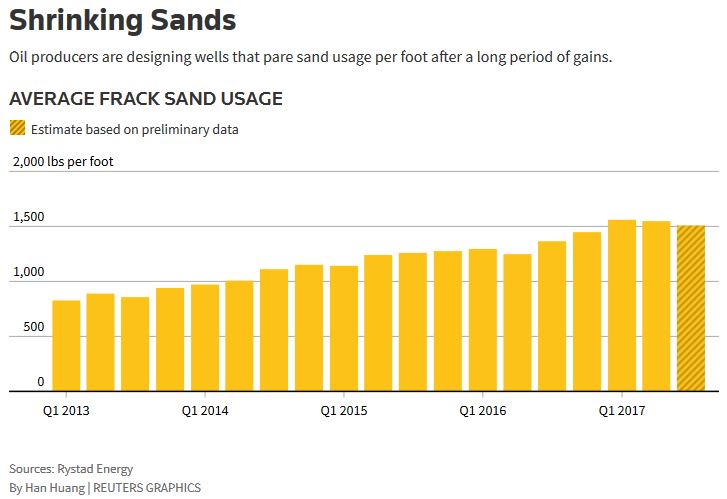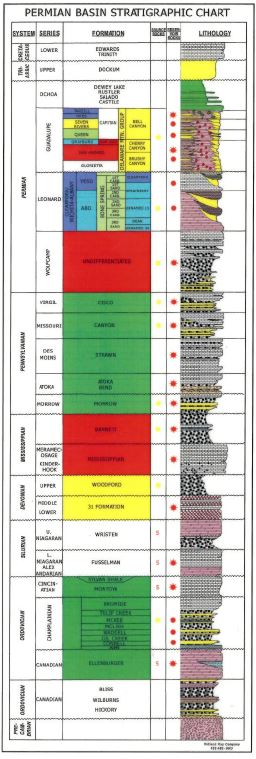The US Department of Interior finalized a rule on Friday increasing royalty rates on oil and gas leases of federal land from 1/8th to 1/6th, and increasing minimum bonus rates from $2/acre to $10/acre. The regulations also increase bonding requirements to secure operators’ obligation to plug their wells.
I’ve always been puzzled why federal leases are not granted the same way the Texas General Land Office does, with competitive bidding. Almost all leases of lands owned by the State of Texas or University Lands reserve one-fourth royalty.
A lot of federal oil and gas leases cover offshore tracts, and thousands of wells have been drilled in federal offshore waters in the Gulf of Mexico. I recently heard a CLE presentation about companies’ plugging obligations in the Gulf. Unlike Texas, federal law provides that all operators in the chain of title to a federal well are jointly and severally liable for the plugging costs and for properly disposing of the platform once the wells are plugged. Many plugging obligations end up in bankruptcy courts, and prior operators are now receiving notices from the BLM notifying them of their plugging obligations. Louisiana also holds prior operators liable for plugging obligations. If prior operators in Texas retained liability for well plugging, the list of Texas “orphan wells” would shrink substantially.
 Oil and Gas Lawyer Blog
Oil and Gas Lawyer Blog


 The flared volumes represented an average of less than 5% of all gas produced. But results varied greatly by operator. (click to enlarge)
The flared volumes represented an average of less than 5% of all gas produced. But results varied greatly by operator. (click to enlarge)



